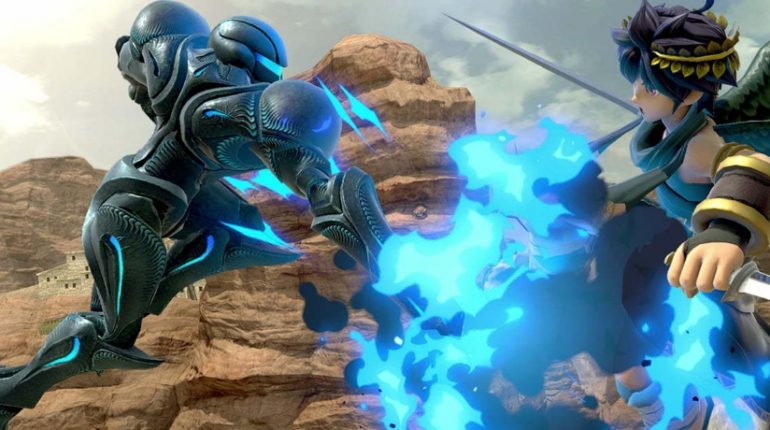
I’ve spent a lot of time with amiibo figures and Super Smash Bros. in the past, so by the time Super Smash Bros. Ultimate launched, I felt like a pro. I’ve trained dozens of amiibo figure players (FPs) to level 50 and beyond, and many of them have blossomed into pretty intimidating fighters. The apprentice becomes the master, and whatnot.
In all that training, I’ve learned a lot. And due to the combination of my curiosity and my unhealthy amiibo obsession, I’ve done a lot of experiments to see if I could pick up on things that no one else seems to be talking about. Now it’s time for me to share what I’ve learned.
I wrote a pretty beefy guide back in 2014, and most of what I said still rings true in Ultimate. In fact, you can probably learn a majority of what you need to know in that guide. There have been a few changes that I’d like to touch on, but I’ll get to those in a bit — before I get to the new stuff, I should reiterate some of the fundamentals.
I’ll be talking quite a bit about FP in this guide, and it’s a term I wasn’t using in 2014. So let me explain what that is and how it differs from your amiibo, because the two terms aren’t interchangeable. I will use the term amiibo or amiibo figure to describe the physical toy. FP (short for Figure Player) or amiibo FP (which is admittedly a little confusing) refers to the digital character attached to that amiibo. So your plastic Sonic toy is the amiibo, and the in-game Sonic character attached to that amiibo is your FP. If you can forgive the embarrassingly hokey analogy, an amiibo is the body while the FP is the soul. Make sense?
Alright. Let’s train.
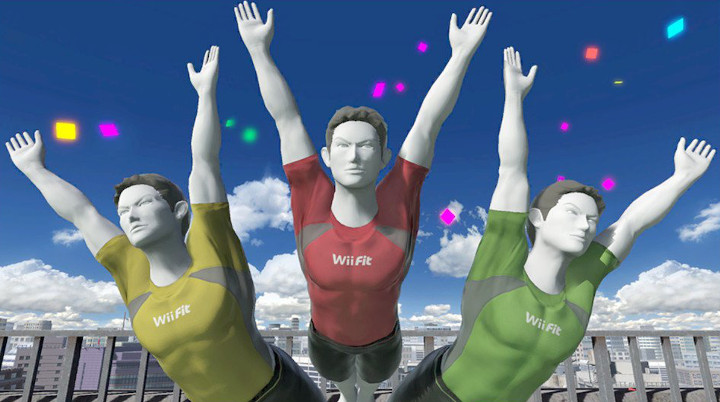
The most effective thing to do is to simply beat the crap out of your FP. Your FP learns from whoever it fights, so if you’re fighting against it, it will learn your strengths and weaknesses. For example, I tend to be an item hog in Smash, and my amiibo FPs have all picked up the habit. Also, I once had an amiibo FP who was really bad at playing the edges of the stage. This was something I exploited over and over again until eventually the FP was crazy good at edge defense and recovery.
In both the above examples, the FPs “learned” — in the first instance, they learned to do the thing I was doing, and in the second, they learned to counter the thing I was doing. So if you want to teach your FP something, you can have it watch you do it, and if you want to teach it to counter a move, you can spam that move at it until it learns a good counter. Simple.
One thing I pointed out back in 2014 that I think is worth repeating here is that if you want your FP to be strong against your friends, you should pick your friends’ favorite characters and try your best to emulate their playstyles when you’re training your amiibo FP. This way, your FP is already prepared to exploit the weaknesses in the playstyes of your friends.
Now, I wanted to take a look at this screenshot for a second, because it’s sort of interesting:

Above are some of the tips that pop up occasionally in Ultimate. They confirm some of the things I like to reiterate when I’m explaining how FP training works — your FP learns from you, and it learns more from losing than from winning.
However, there’s one tip on that list that I have some issues with. The tip about raising the FP’s level rings completely false to me.
As far as I can tell, the FP’s level is completely meaningless. I’ve read claims that there are invisible stats that are incrementally improved with each level, but I’ve seen no actual evidence to support this. Back in 2014, I advised players to avoid the “Level-Up Method” of amiibo training, and I stand behind that to this day. (The “Level-Up Method” is simply being overly focused on your amiibo FP’s level, easing it from easy fights to more difficult ones as it levels up.) I believe you should be as brutal to your FP as possible straight out of the gate. A mid-level FP trained that way will pretty much always beat a level 50 FP that was trained using the “Level-Up Method.”
So how about stage hazards? Your FPs will definitely learn to dodge stage hazards they encounter. My favorite stage to test this on is Wily’s Castle, because the Yellow Devil is one of the most obnoxious stage hazards in Ultimate (and it was one of the most obnoxious stage hazards in Smash 4 as well).
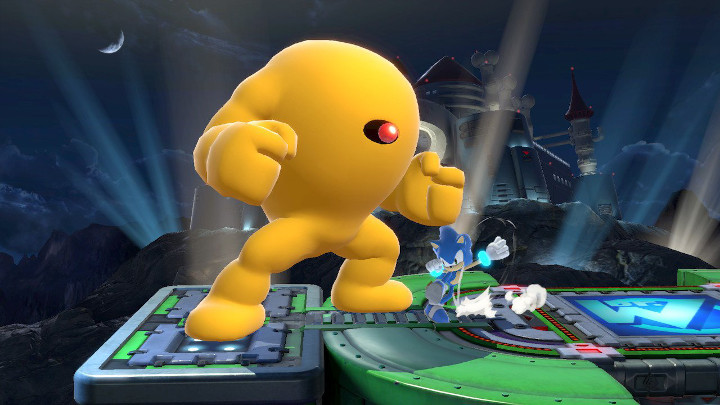
When your FPs first encounter the Yellow Devil, they’ll be knocked around like ragdolls. However, they’ll very quickly begin experimenting with it to see what works. They’ll try both attacking and dodging, and eventually they’ll learn to stay behind it, which is the only place on the stage you can really be safe from it.
So if you want your FP to be good at playing a particular stage, focus on that stage during your training.
Now, there’s something I failed to mention in my 2014 guides, and I think it’s important to note here. The amiibo FPs seem to have some memory decay after a certain point. I don’t know how much memory these things retain exactly, but eventually, they will begin to forget. They will always remember the most recent things you’ve taught them, but older things seem to eventually be replaced by newer things. I should point out that this memory decay shouldn’t affect your training too much, because FPs seem much better at learning than forgetting, so most of what they “forget” seems to be the things that don’t work well for them. This memory decay also allows you to be experimental in the beginning of your FP’s training without having to worry too much about permanently teaching it bad habits.
Here’s a TL;DR version of pretty much everything I just said:
- FP (Figure Player) refers to the character, while amiibo refers to the toy itself.
- Beat the crap out of your FP and it will steadily improve.
- Your FP learns by both copying and countering.
- FPs learn more from losing than they do for winning.
- Your FP’s level is (probably) meaningless.
- FPs can learn to deal with stage hazards.
- There’s some measure of memory decay, but it seems fairly unimpactful.
Now let’s get to the new stuff.
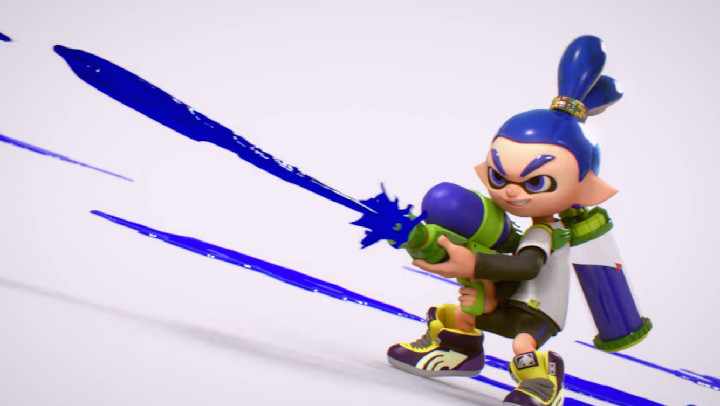
I’ll start with some speculation. I think amiibo FPs level up much faster in Ultimate than they did in Smash 4. I can’t confirm this with 100% certainty since my Smash 4 disc seems to have disappeared. I would have loved to have been able to compare FP level-up speeds between the two games.
FP level is meaningless, but you will notice that in Ultimate, amiibo FPs hit their level cap long before they’ve been molded in to the skillful fighting machines you’re used to. They keep learning even after hitting 50, so just keep up with that training and you’ll be golden. I can’t say this enough times: ignore your FP’s level. It means nothing.
Next up, there’s a really cool new feature that allows you to “freeze” your FP’s training. You can simply toggle the “Learn” function on and off now. This is helpful if you want to use your amiibo FP without worrying about what habits it might pick up. Say you have a younger sibling who wants to use the amiibo, and you don’t want the FP learning from that sibling — this option can be a godsend.
Stats are much simpler this time around. Here are an amiibo’s stats in Smash 4:
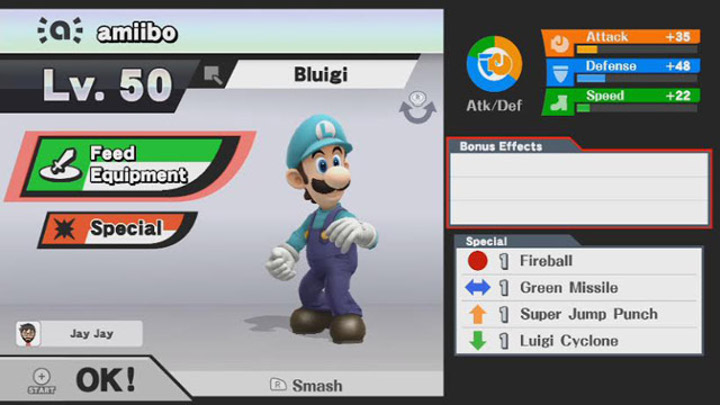
And here are FP stats in Ultimate:

You can see that the Speed stat has been removed, so now we’re only dealing with Attack and Defense. The numeric value of those stats is much, much larger this time around as well. Look at Ryu’s 2,500-point stats in the screenshot above. I’m not sure if this correlates with a larger potential increase in those stats, or if they are just larger numbers that denote a similar stat increase, but I suspect the former. An FP with max stats is absolutely brutal in Ultimate.
Further, the entire Special Move section has been axed, so we won’t be customizing each FP with custom move sets. Ultimate does add type and personality type, and you can read more about those in my guide to Spirits and amiibo.
Speaking of Spirits, one of the biggest changes in Ultimate is that Smash 4‘s amiibo feeding mechanic has been completely replaced by the Spirit system. Others have written comprehensive guides to Spirits in general, so I won’t rehash that content. What I want to talk about here is how Spirits affect your amiibo figures and their corresponding FPs.
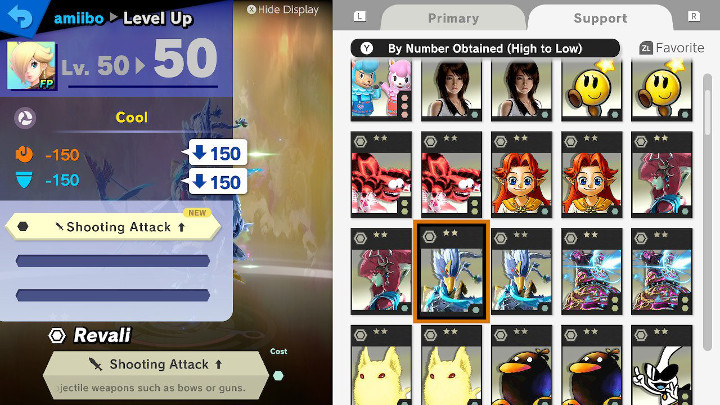
Now, I’ve written a detailed guide to how this works already (and I encourage you to read that), so I’ll be brief here. Simply put, your FP can inherit skills and stats from Spirits. In fact, that’s the only way your FP will learn these skills or increase its stats. A level 50 FP, for instance, will still have 0 Attack and 0 Defense until you’ve inherited some Spirits.
Additionally, you can inherit skills, such as “Made of Metal” and “Additional Midair Jump.” Keep in mind that many of the skills in the game were created for World of Light and the Spirit Board, so they’re pretty useless when equipped to an amiibo FP. These are skills such as “Zap-Floor Immunity,” which are designed to combat very specific stage hazards that you’re unlikely to encounter outside of single-player modes.
Also, inheriting a Spirit will remove it from your inventory. If there’s a Spirit you don’t want to lose (like Pauline, who can be pretty difficult to acquire), you probably don’t want to burn it on your FP.
And those should be the essentials. Again, I would encourage you to read my 2014 guide alongside this one, because it’s excruciatingly detailed.
Happy training, fellow amiibo enthusiast!
